Seoul Crown Hotel (서울 크라운 관광호텔 )
3.4Km 2021-05-24
140, Noksapyeong-daero, Yongsan-gu, Seoul
+82-2-797-4111
Seoul Crown Hotel is in the main shopping district of Itaewon, an international area where a variety of restaurants, shops, and other entertainment choices are clustered. The hotel is perfect for rest, weddings or events and parties as it is equipped with all the subsidiary facilities to accommodate all the guest’s needs. Guests can also easily travel throughout the city using public transportation that is nearby.
Ssangdari Gisa Sikdang (쌍다리기사식당)
3.5Km 2021-03-29
4, Seongbuk-ro 23-gil, Seongbuk-gu, Seoul
+82-2-743-0325
As a place where you can eat at affordable prices, it is a restaurant loved by local residents. The best menu at this restaurant is pork bulgogi. This Korean dishes restaurant is located in Seongbuk-gu, Seoul.
Parc Hyochang à Séoul (서울 효창공원)
3.5Km 2023-04-07
177-18, Hyochangwon-ro, Yongsan-gu, Seoul
+82-2-2199-8823
Hyochang parc couvre 122 245 mètres carrés enjambant Hyochang-dong et Cheongpa 2-dong. Il est un point de repère historique qui contenait plusieurs tombes royales, et était connu à l'époque comme Hyochangwon. Les cimetières qui ont été à l'origine situés dans le Hyochangwon appartenaient au prince héritier Munhyo (premier fils du roi Jeongjo, décédé seulement à l'âge de cinq ans), à la concubine royale du roi Jeongjo et la mère du prince héritier Munhyo et sa fille, la princesse Yeongon. Les tombes royales ont été déplacés à Seooreung tombes dans les derniers mois de la période coloniale japonaise. L'empire japonais a commencé le développement de Hyochangwon dans un parc en 1924, et le gouverneur général japonais a officiellement confié le site comme un parc en 1940.
Actuellement, plusieurs des plus grands dirigeants de la Corée sont enterrés dans le parc Hyochang. Les restes appartiennent pour la plupart à des militants indépendantistes y compris Yoon Bong-gil, Lee Bong-chang, et Baek Jeong-gi, dont les tombes sont regroupées sous l'appellation "Samuisa-myo" (tombes des trois martyrs). Une statue de Lee Bong-chang a été construite dans le cimetière. Parmi les autres martyrs patriotes qui sont enterrés dans le parc sont Kim Gu et quelques-unes des figures de proue du gouvernement provisoire comme Lee Dong-nyeong, Cha I-seok, Cho Seong et-hwan. Un temple ancestral nommé Uiyeolsa a été construit le long de la porte principale et détient les portraits des militants indépendantistes décédés.
Amourex Hotel
3.5Km 2020-06-25
19, Wangsimni-ro 20-gil, Seongdong-gu, Seoul
+82-2-2292-7634
Amourex Hotel is for both business travelers and tourists. It takes 20 minutes by car to Seoul’s major attractions such as Dongdaemun market, Myeongdong, and the Seoul City Hall. It is also close to Wangsimni Subway Station (line 1). The hotel offers comfortable guestrooms and services. The hotel’s Japanese Restaurant provides an upscale atmosphere for successful business meetings.
Seongbuk-dong Jip(성북동집)
3.6Km 2020-12-24
4 Seongbuk-ro 24-gil Seongbuk-gu Seoul
+82-2-747-6234
This restaurant in Seongbuk-dong is famous for its Kalguksu (chopped noodle soup) and dumplings. This restaurant's signature menu is noodle soup. This Korean dishes restaurant is located in Seongbuk-gu, Seoul.
Seongbuk-dong Jip (성북동집)
3.6Km 2021-03-29
4, Seongbuk-ro 24-gil, Seongbuk-gu, Seoul
+82-2-747-6234
This restaurant in Seongbuk-dong is famous for its Kalguksu (chopped noodle soup) and dumplings. This restaurant's signature menu is noodle soup. This Korean dishes restaurant is located in Seongbuk-gu, Seoul.
Yongdu-dong Jjukkumi (용두동쭈꾸미)
3.6Km 2021-03-29
10, Muhak-ro 36-gil, Dongdaemun-gu, Seoul
+82-2-925-3127
A restaurant frequently featured in delicious Korean dishes programs. This restaurant's signature menu is grilled webfoot octopus. This Korean dishes restaurant is located in Dongdaemun-gu, Seoul.
Jihwaja (지화자)
3.6Km 2021-01-08
125, Jahamun-ro, Jongno-gu, Seoul
+82-2-2269-5834
Operated by a “Living Treasure Of Korean Royal Cuisine” since 1991, Jihwaja is a high-class traditional Korean restaurant located in the center of downtown Seoul. It has enjoyed a high reputation as the finest restaurant that preserves “The Legitimacy of Korean Royal Cuisine,” the essence of the Korean food culture. Jihwaja resembles the sophisticated ambiance of the neighborhood that captures the beauty of the Joseon dynasty. The restaurant offers very healthy and nutritious dishes as they are prepared with only natural ingredients and royal culinary techniques, without using any MSG, artificial flavors or additives. Jihwaja offers a dining experience like no other through a meal fit for kings and queens and food storytelling.
Jihwaja is committed to promote Korea's authentic traditional food culture - Korean Royal Cuisine - across the world for generations.
Suyeonsanbang (수연산방)
3.6Km 2016-12-16
8, Seongbuk-ro 26-gil, Seongbuk-gu, Seoul
Suyeonsanbang, a traditional Korean tea house located in Seongbuk-dong, was originally the house where the late Korean author Lee Tae-Jun wrote many of his books. Now, his estate has opened Suyeonsanbang’s doors to the public in the form of a charming and peaceful tea house. Famous for its savory tea, beautiful nature, and rich history, Suyeonsanbang has been covered by a variety of foreign media outlets like NHK (Japan), BBC (UK), French TV channels, and numerous Japanese magazines. To take a break during the summer heat, visitors come to Suyeonsanbang to try their patbingsu (shaved ice with red beans), one of its summer specialties. So come relax and be inspired in this traditional Hanok tea house.
Vallée de Suseong-dong (수성동계곡)
3.6Km 2025-04-18
185-3, Okin-dong, Jongno-gu, Seoul
Les courants d'eau de la vallée Suseong-dong s'écoulent du mont Inwangsan pour rejoindre la rivière Cheonggyecheon. Le site apparaît dans la peinture "Jangdong Palgyeongcheop" tout comme dans des récits historiques datant de la dynastie Joseon.
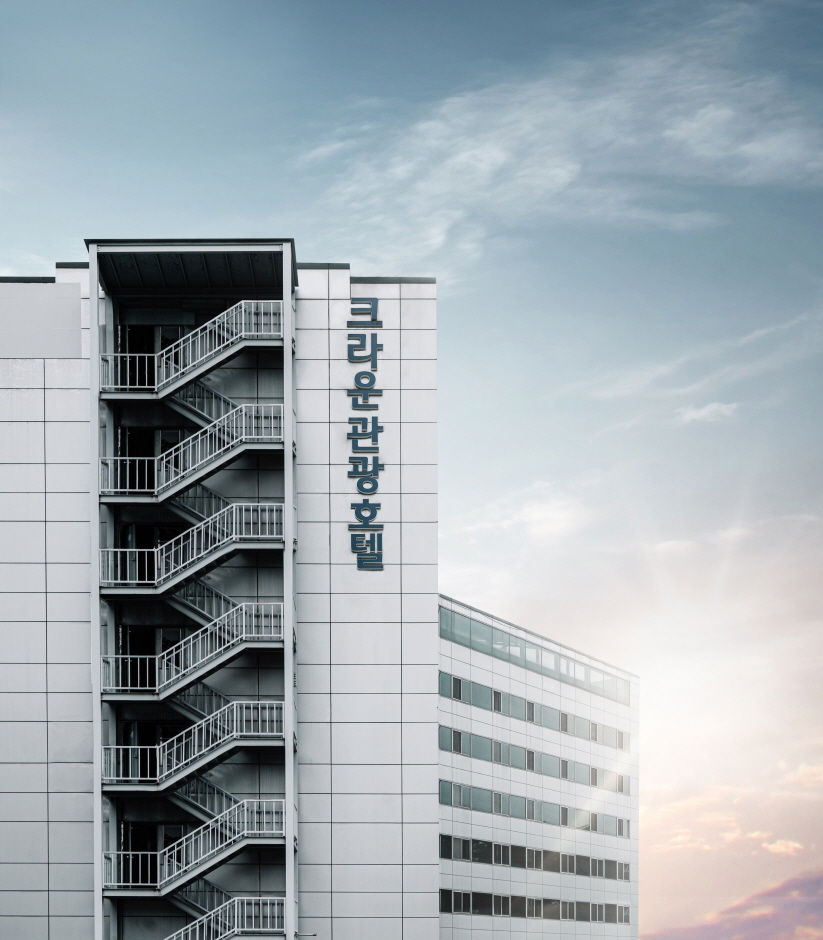
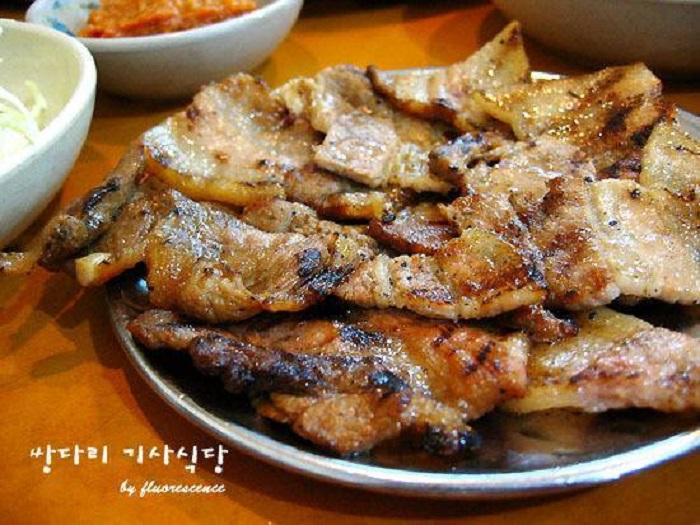
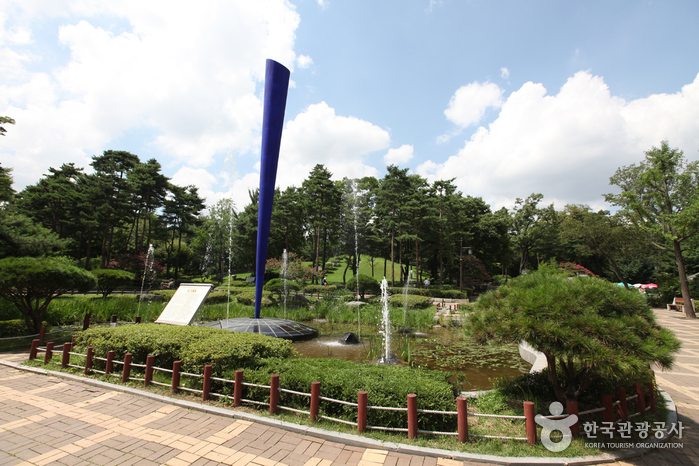
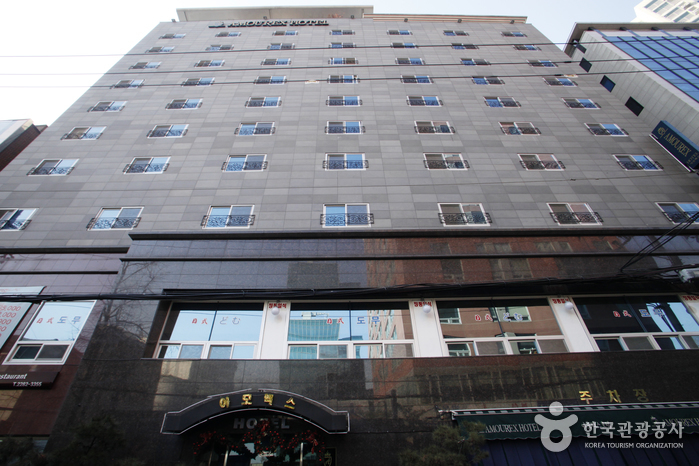
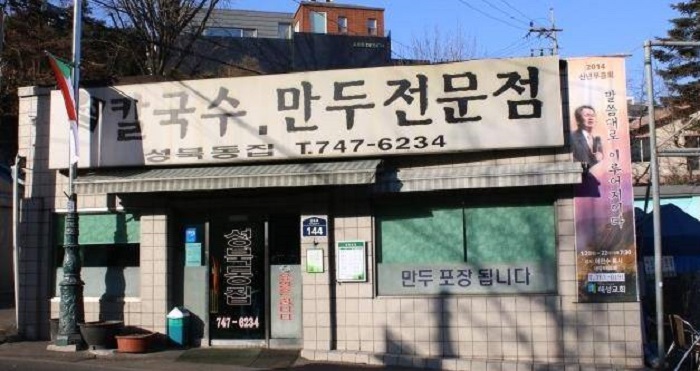
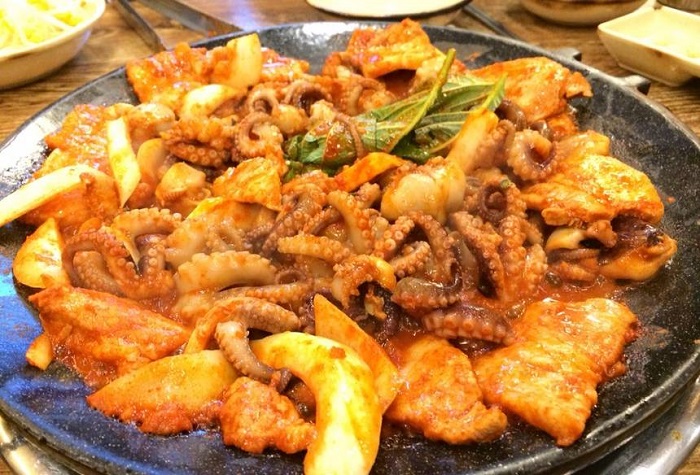

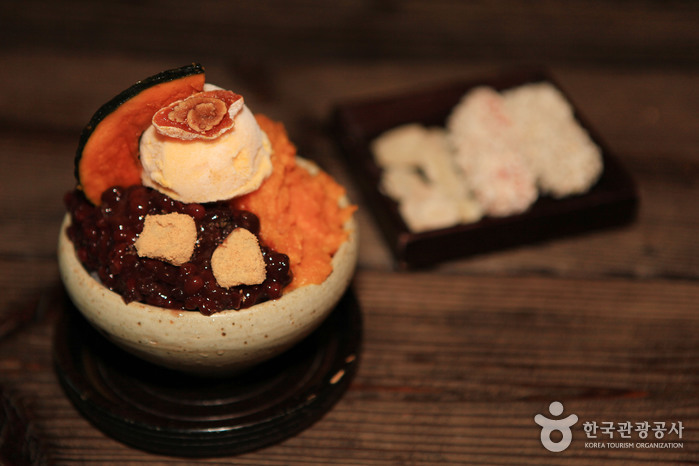
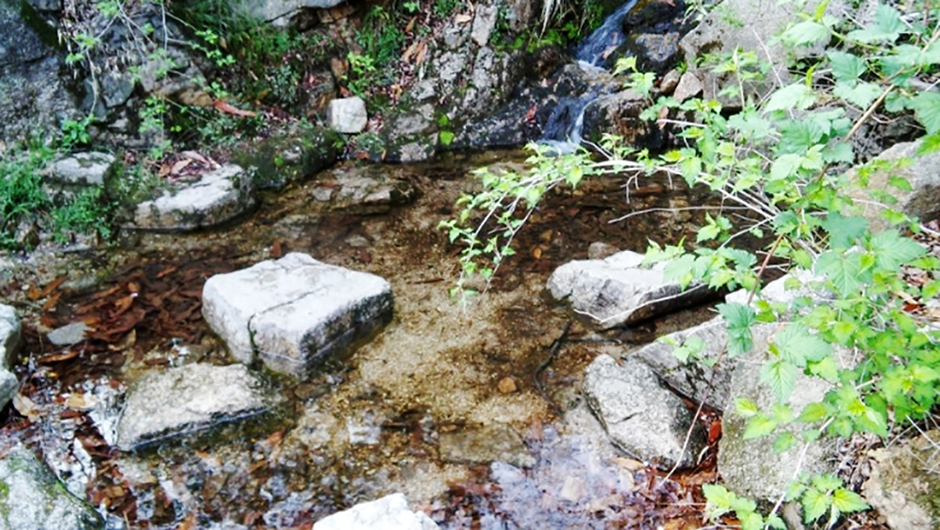
 Français
Français
 한국어
한국어 English
English 日本語
日本語 中文(简体)
中文(简体) Deutsch
Deutsch Español
Español Русский
Русский